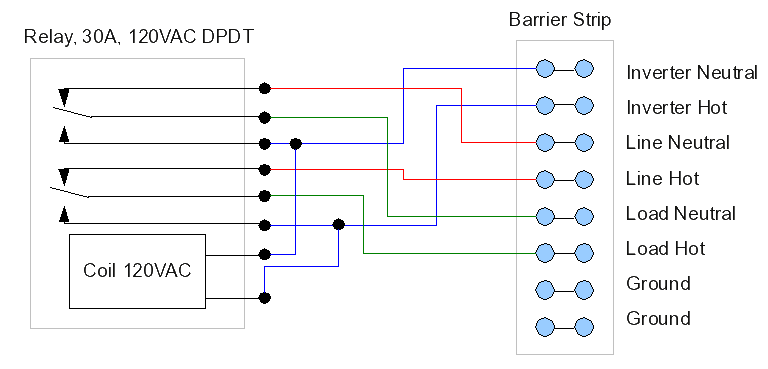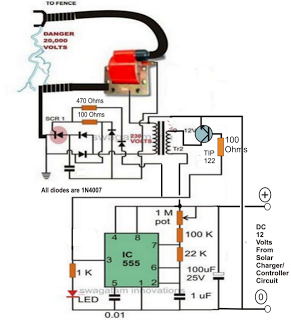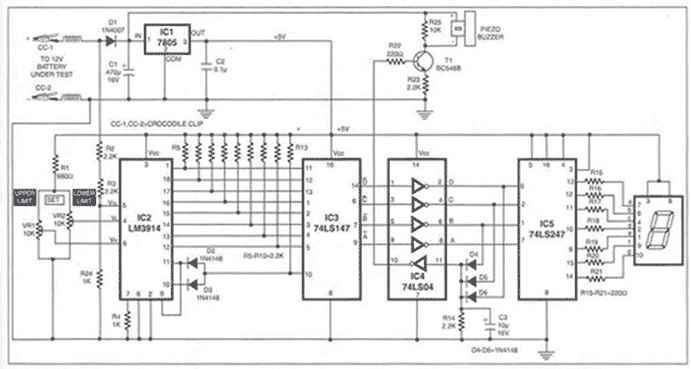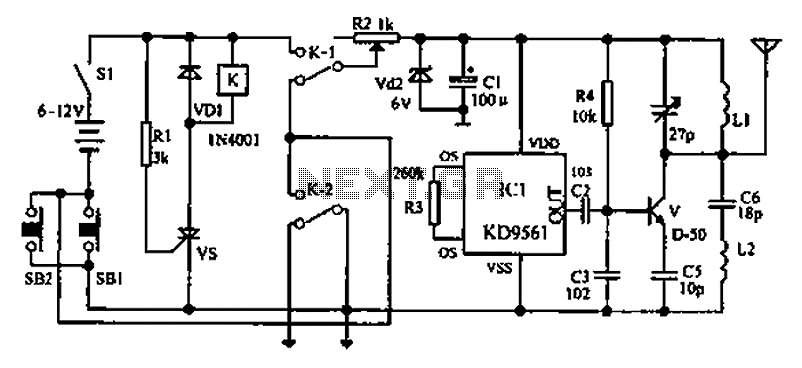
simple mppt solar panel charge controllers

I have been researching the appropriate voltages for charging, particularly regarding this topic.
The proper voltage levels for charging various types of batteries are critical for ensuring efficiency and longevity. For instance, lithium-ion batteries typically require a charging voltage of around 4.2 volts per cell, while nickel-metal hydride (NiMH) batteries generally operate at a maximum of 1.4 volts per cell. It is essential to utilize a charging circuit that can accurately regulate these voltages to prevent overcharging, which can lead to battery damage or reduced lifespan.
Charging circuits often incorporate a voltage regulator, which maintains a steady output voltage regardless of variations in input voltage or load conditions. Additionally, a current limiting mechanism is essential to prevent excessive current from flowing into the battery, which could cause overheating or other safety hazards.
Commonly, a microcontroller or dedicated charging IC (integrated circuit) is used to monitor the battery's voltage and temperature during the charging process. This allows for a more sophisticated charging algorithm, such as constant current/constant voltage (CC/CV) charging, which is widely used for lithium-ion batteries.
Furthermore, incorporating protection features such as over-voltage protection (OVP), under-voltage lockout (UVLO), and thermal shutdown can enhance safety and reliability. These features ensure that the battery operates within safe limits, thereby extending its operational life and ensuring user safety.
In summary, understanding and implementing the correct charging voltages and associated circuitry is crucial for effective battery management in electronic devices.Hi everyone, I`ve been looking at the ""proper"" voltages for charging, and especially at this.. 🔗 External reference
The proper voltage levels for charging various types of batteries are critical for ensuring efficiency and longevity. For instance, lithium-ion batteries typically require a charging voltage of around 4.2 volts per cell, while nickel-metal hydride (NiMH) batteries generally operate at a maximum of 1.4 volts per cell. It is essential to utilize a charging circuit that can accurately regulate these voltages to prevent overcharging, which can lead to battery damage or reduced lifespan.
Charging circuits often incorporate a voltage regulator, which maintains a steady output voltage regardless of variations in input voltage or load conditions. Additionally, a current limiting mechanism is essential to prevent excessive current from flowing into the battery, which could cause overheating or other safety hazards.
Commonly, a microcontroller or dedicated charging IC (integrated circuit) is used to monitor the battery's voltage and temperature during the charging process. This allows for a more sophisticated charging algorithm, such as constant current/constant voltage (CC/CV) charging, which is widely used for lithium-ion batteries.
Furthermore, incorporating protection features such as over-voltage protection (OVP), under-voltage lockout (UVLO), and thermal shutdown can enhance safety and reliability. These features ensure that the battery operates within safe limits, thereby extending its operational life and ensuring user safety.
In summary, understanding and implementing the correct charging voltages and associated circuitry is crucial for effective battery management in electronic devices.Hi everyone, I`ve been looking at the ""proper"" voltages for charging, and especially at this.. 🔗 External reference





